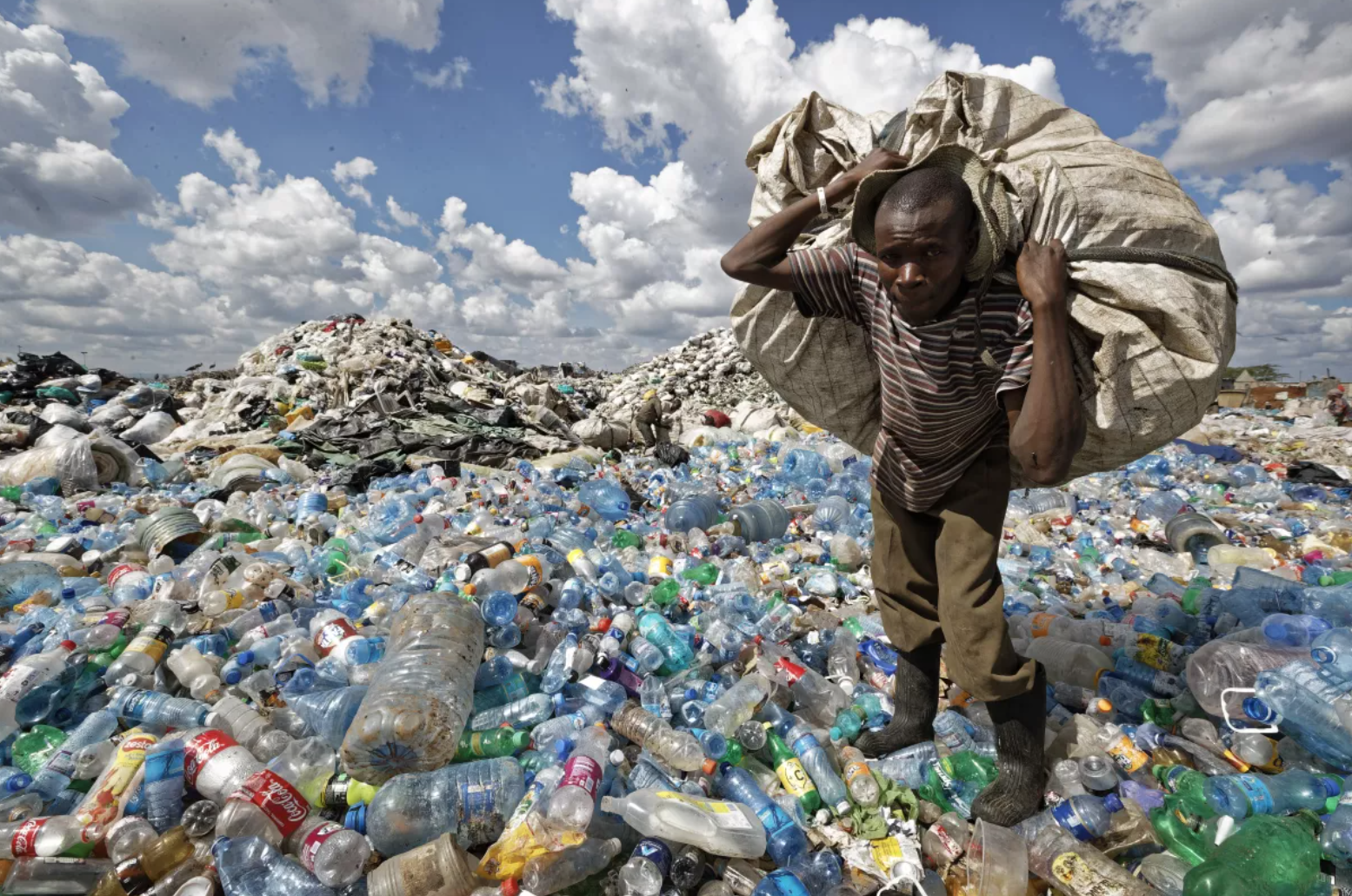Coauthor María Inés Carabajal
Due to the negative effects on the health of the human population and other living beings that began to become evident in the 1960s, the first international conversations on the environment started in 1972 at the Stockholm Conference on the Human Environment, also known as the “Earth Summit”. In the same year, the Club of Rome prepared a study to analyze the impacts of the economic dynamics of the Cold War on the “human environment”. In that report, it was mentioned for the first time that growth may have limits, and issues related to population, technology, natural resources, and the environment were discussed.
Since that first “Earth Summit”, the international community’s interest in pollution and its effects on the biosphere has been growing. In December of the same year, the United Nations Environment Programme (UNEP) was created with the aim of establishing a global environmental agenda to incorporate the environmental dimension of sustainable development, and in 2015 the United Nations adopted 17 global Sustainable Development Goals to address poverty, protect the planet and achieve peace and prosperity.
The UN defines sustainable development, as “the satisfaction of the present generation without compromising the ability of future generations to meet their own needs.” And to contribute to UNEP’s work, June 5 was established as World Environment Day in 1973.
Results to date and challenges
Over the past 50 years, environmental challenges have brought us to a crossroads as ever in human history. Nature is ceasing to be that safe space for life on Earth. The human footprint on the planet has led us to an unprecedented crisis, marked by the Anthropocene, climate change, pollution, and biodiversity loss, among other major transformations.
Recently, the reports of the Panel of Experts on Climate Change (IPCC) have warned of the urgency of reducing greenhouse gas emissions to mitigate the rise in temperature and the consequences that this may bring. And the scientific community has been warning for decades about these processes, especially the need to generate lifestyle changes based on development, growth, and expansion and to seek more responsible consumption patterns.
However, these messages have not permeated the political spheres with the necessary degree of responsibility, commitment, and urgency. Therefore, 50 years after the creation of World Environment Day, it is essential that humanity broaden its imagination and willingness to think collectively about alternatives to current development.
Emerging Paradigms for Rethinking the Environmental Crisis
The current challenges cannot be addressed under the same perspectives and practices that have brought us this far. Therefore, it is necessary to open up to alternative paradigms of life.
In this sense, various proposals have been emerging from indigenous communities and those who inhabit the most isolated territories, who are leading the claims for climate, social and environmental justice. We must consider these perspectives as legitimate proposals to transform our relationship with nature and the ways of inhabiting the planet.
The capitalist system, throughout its history, has sustained a utilitarian relationship with nature and the planet has been a source of natural resource extraction where the price is defined by the market. This is evident in Latin America, where colonization has brought a logic of commoditization of the land, its components, and even the human communities that inhabit it.
The discussion on the value and price of nature is increasingly predominant in the arenas of international diplomacy, where the best ways to avoid human encroachment on nature are debated. However, for many indigenous, native, peasant, and local peoples, nature is a subject of rights, not only because it sustains our lives, but also because its care is part of the bonds of reciprocity and harmony between communities and Mother Earth.
These advances are evident in the constitutions of Bolivia and Ecuador, which, from institutional and legal frameworks, seek to transform the ethical-political frameworks, giving account of other ways of relating to Mother Earth, based on interconnection, interdependence, and respect.
Given the environmental crisis we are going through, these perspectives take on greater relevance, and it is urgent to include them to open a new horizon of possibilities to rethink our dwelling in the world. These proposals basically demand to address the real needs of the peoples considering a territorial dimension to maintain life in all its expressions, to advance toward environmental and social justice. They also seek to broaden leadership and include historically excluded actors and their indigenous and native visions, such as that of Mother Earth, which is rooted in a perception of the world where the balance between humans and the land predominates.
Fifty years after the creation of World Environment Day, and, before an increasingly evident environmental crisis, we understand that responses to environmental problems must consider proposals from the territories, from historically excluded communities and groups, and that the crisis must be addressed in its political dimension of justice.
*María Inés Carabajal is a Professor and PhD in Anthropology at the University of Buenos Aires (UBA). STeP Fellow at the Inter-American Institute for Global Change Research (IAI). Specialized in the human dimensions of climate and climate change in the Anthropocene.
Translated from Spanish by Janaína Ruviaro da Silva











